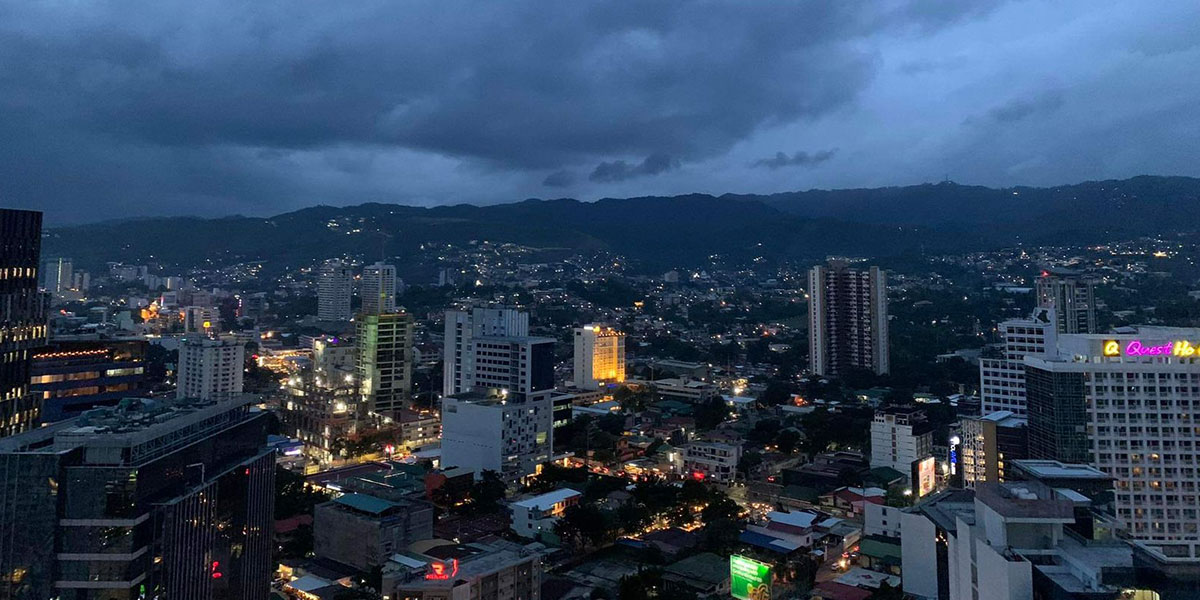The Philippine real estate market has always been dynamic and responsive to economic shifts and changing demographics. As we step into 2023, a year marked by recovery and resilience, it’s essential to examine the trends and forecasts shaping the residential property sector in the country.
1. Shift in Housing Preferences
The events of the past two years have reshaped the way Filipinos view their homes. With remote work becoming more prevalent, properties offering flexible spaces, dedicated home offices, and enhanced connectivity are in high demand. Many are reevaluating their housing preferences, favoring suburban or outlying areas that provide a quieter environment and more space for families to thrive.
2. Rise of Sustainable Living
Environmental consciousness is driving a surge in sustainable living. Homebuyers are increasingly looking for eco-friendly features such as energy-efficient appliances, solar panels, and green spaces. Developers are responding by integrating sustainable designs and technologies into their projects to cater to this growing demand.
3. Resilience in Community Design
The pandemic underscored the importance of strong communities. Gated subdivisions and condominium complexes that prioritize shared amenities, open spaces, and wellness facilities are becoming more attractive. These communal features not only enhance residents’ quality of life but also foster a sense of belonging and security.
4. Digital Transformation in Property Transactions
The real estate industry is embracing digital platforms for property transactions. Virtual tours, online property listings, and digital contracts have become the norm. This shift has not only expedited the buying process but has also widened the reach of real estate professionals, making property investments more accessible to a broader audience.
5. Continued Urbanization
While suburban and rural living are gaining traction, urban areas remain crucial hubs of economic activity and opportunities. Major cities like Metro Manila are witnessing a rise in mixed-use developments that combine residential, commercial, and leisure spaces. This trend caters to the demand for convenience and accessibility while providing a vibrant urban lifestyle.
Forecast for 2023: Recovery and Growth
As the Philippines navigates the path to recovery, the residential property market is expected to experience steady growth. With the easing of travel restrictions and the vaccine rollout, overseas Filipino workers (OFWs) are anticipated to contribute to property investments, especially in their hometowns. Additionally, low-interest rates and flexible financing options are likely to incentivize first-time homebuyers.
The emergence of emerging cities, such as those in the Visayas and Mindanao regions, will also play a pivotal role in the sector’s growth. These areas offer lower land costs and untapped potential, attracting both developers and investors seeking new opportunities.
In conclusion, the Philippine residential property market in 2023 is defined by adaptability, sustainability, and digital integration. Homebuyers are redefining their priorities while developers innovate to meet their evolving needs. As the nation continues its journey towards recovery, the real estate sector is poised to rebound and thrive, providing Filipinos with not just homes, but spaces that support their aspirations and dreams.






